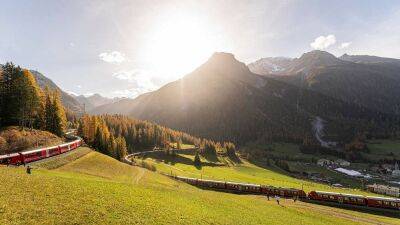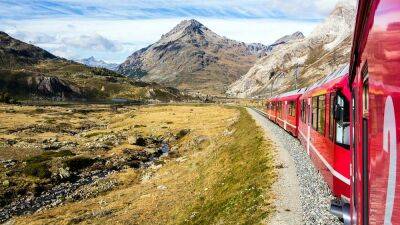What is Etihad Rail? Full guide to the region's biggest train project
Etihad Rail, the UAE’s megaproject to link the country’s centres of trade, industry and population, will grow from running heavy goods services to carrying millions of passengers between the major cities by 2030.
In a coastal village west of Abu Dhabi city, engineers, technicians and mechanics work day and night to keep the project on schedule.
The depot in Mirfa serves as the centre of operations that maintains and services all movement between the trains and track.
When complete, the network will stretch about 1,200 kilometres across the country and reduce carbon emissions by up to 80 per cent.
The railway line between Abu Dhabi and Dubai was joined up in March and connected to Ras Al Khaimah and Sharjah in October.
It has also been announced that the line will be extended into Oman. The agreement to build the Omani portion of rail network was signed on September 29 during the state visit of President Sheikh Mohamed to Oman.
The line will ultimately carry freight and passengers to connect Abu Dhabi with Sohar in the north of Muscat and more details are expected soon.
The Dh50 billion ($13.6bn) spent on the project is expected to contribute about Dh200bn to the economy.
Here's a glimpse of how the project will meet the global supply-demand needs of today:
Etihad Rail was first established in 2009 and stage one of the project became operational in 2016.
Phase one is complete. Since 2016, two tracks spanning 264 kilometres have been in operation – with trains transporting granulated sulphur from gasfields in Shah and Habshan to an export point in Ruwais.
Every day, two trains run across the country, capable of carrying up to 22,000 tonnes of sulphur. Each train can pull up to 110 wagons.
When complete, the railway network






